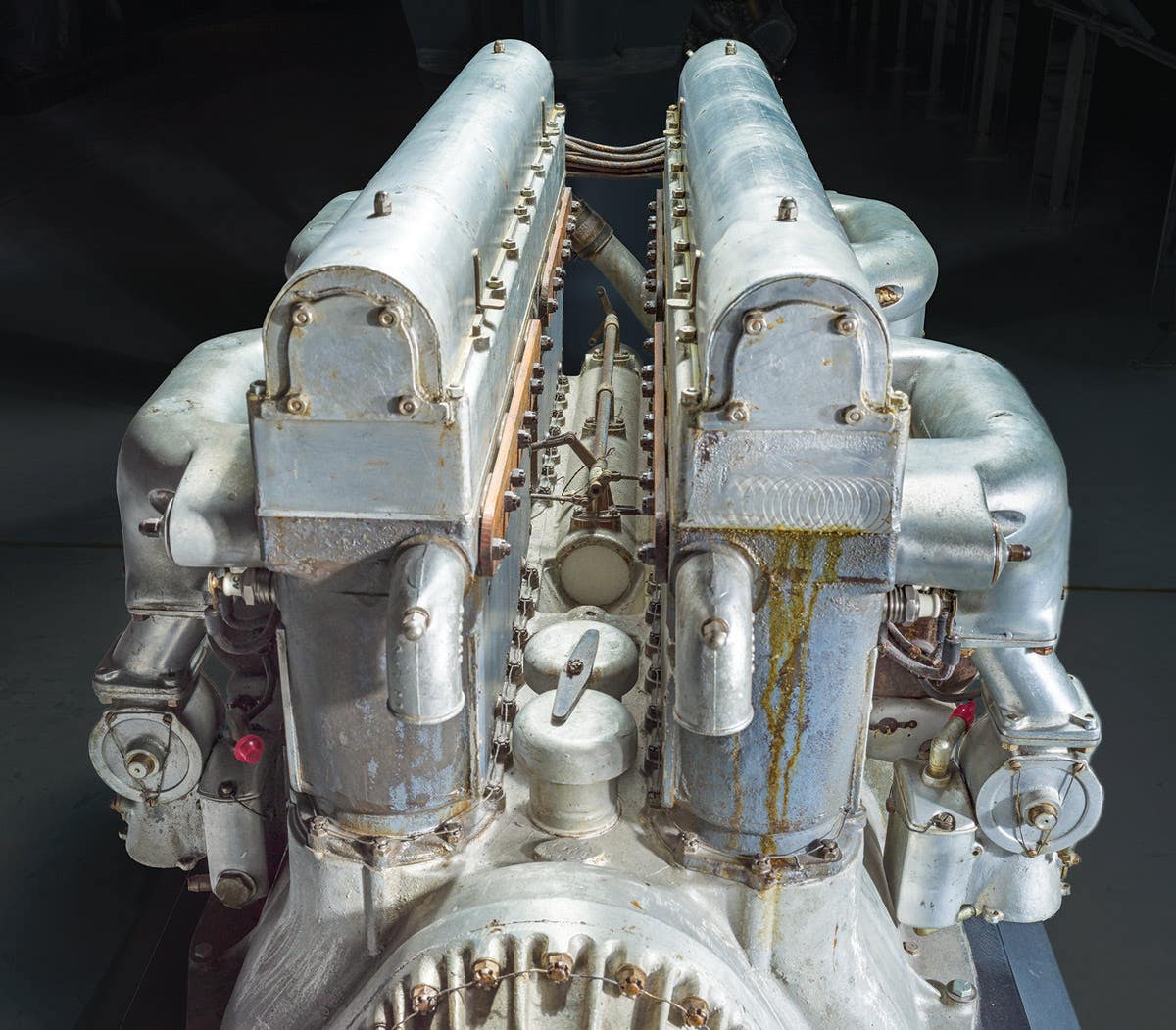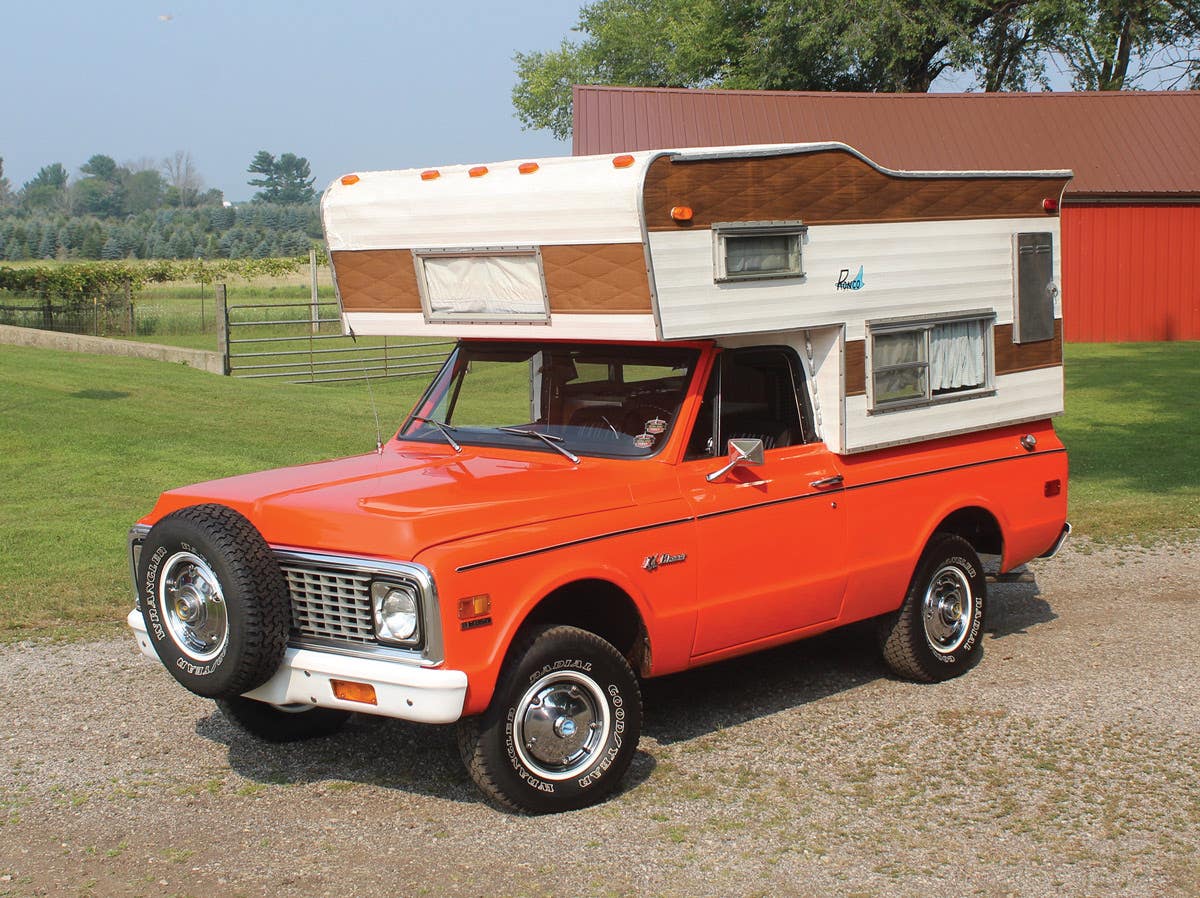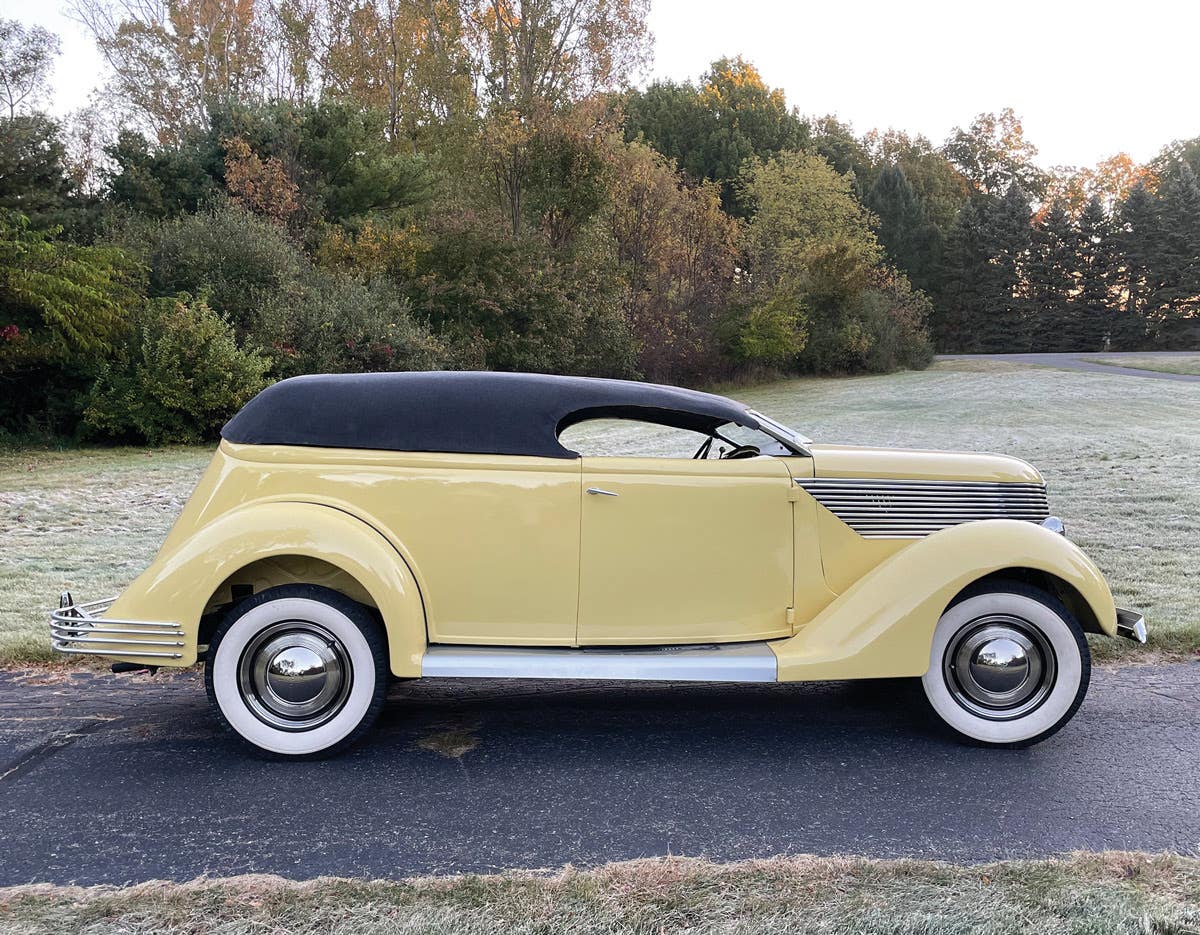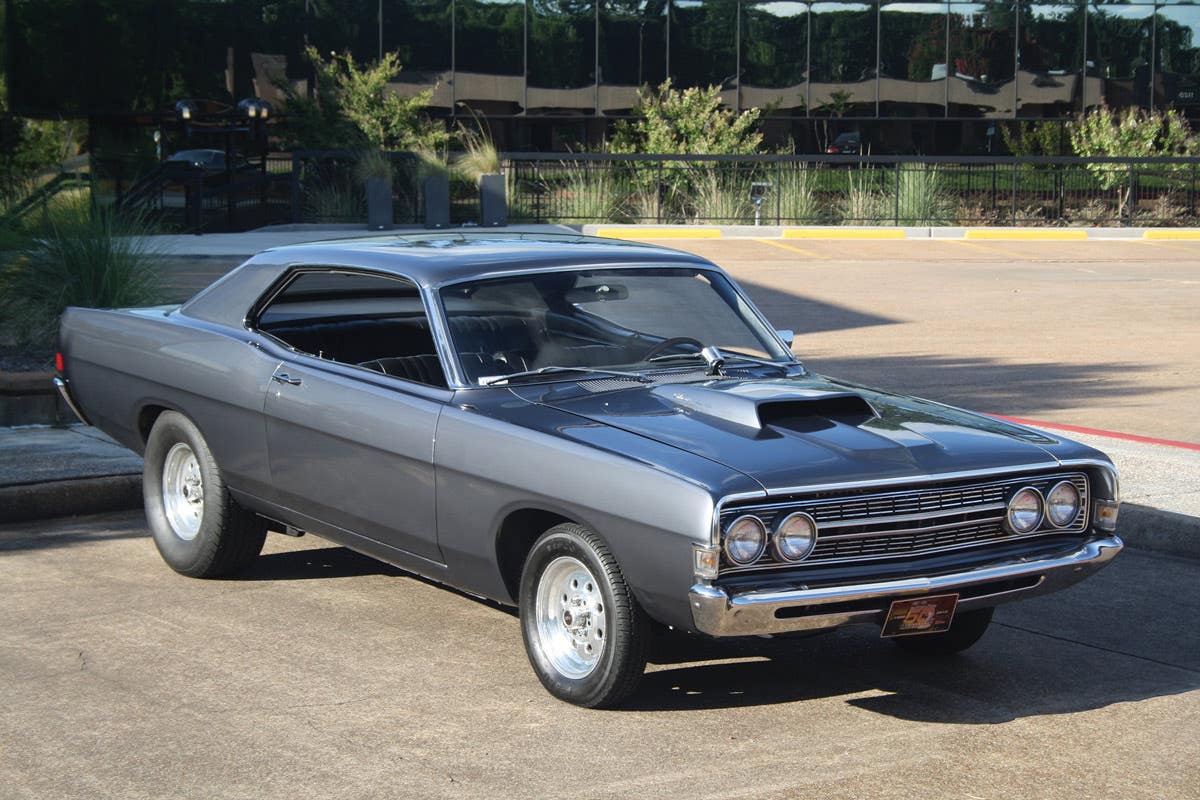Q&A with Kit Foster: December 19, 2013
Q. When setting the point gap in the distributor on older cars, and you want to check the setting with a dwell meter, what is the formula to use? For…
Q. When setting the point gap in the distributor on older cars, and you want to check the setting with a dwell meter, what is the formula to use? For example, a 0.020 gap with the feeler gauge is what reading on a dwell meter?
— Allen Hoffman, Pittsburgh, Pa.
A. I don’t believe there’s a formula you can use for this. The dwell angle represents the proportion of rotation during which the points are closed. The gap to produce this dwell angle depends on the profile of the distributor cam. If you can find a specification for dwell angle for your car, use it. Otherwise, you’ll have to approximate it by setting the gap. Remember also that the reading on the dwell meter must be interpreted in light of the number of cylinders in your engine. The instructions will tell you which scales to use for this and if a correction factor must be used.
-------------------------------------------------------------
Q. This 1955 Chevrolet Biscayne, photographed at the 2012 Concours d’Elegance of America in Michigan, is very close to the 1956 Chevrolet Impala featured in the June 13 Old Cars Weekly. Is the 1956 a re-do of the 1955 model?
— Jim Mitchell, Port Huron, Mich.
A. It depends on what you mean by “re-do.” The vehicles were two separate show cars, and the Biscayne, as you know, was rescued in pieces but in otherwise original condition by well-known collector Joe Bortz from the famed Warhoops scrapyard outside Detroit. Your photo shows Bortz’s restoration of the car. The Impala was the following year’s concept car, a completely separate vehicle that used the same basic small block V8 drive train and carried over some styling cues. Among the latter are the roofline and top-wrapped panoramic windshield. The body shape was completely different, and instead of the Biscayne’s aggressive front end, the Impala used a variant of the popular Corvette grille.
-------------------------------------------------------------
Q. I have a Chevelle SS which an auto body guy says was/is a COPO by the VIN tag and related numbers. The VIN is 1D37U2K584225 = 1972 Chevelle SS. I’ll have to search for the trim tag data. Can you lead me to a site that can help or give me some direction otherwise?
— Jim Stein, Sussex, Wis.
A. I think you would need the car’s build sheet, also known as “broadcast sheet,” to find COPO information. COPO stands for Central Office Production Order. It signifies that the car was built with some equipment or features not available as a Regular Production Option (RPO). The most prominent COPOs are associated with special performance packages, some of them dealer-installed. Among those are Chevys prepared by dealers Don Yenko in Pennylvania and Nickey Chevrolet in Chicago. Actually, though, there were many COPOs. Option packages not usually offered on a specific model were cause for a COPO. To understand COPOs, you also need the COPO number. COPO 9560, for example, described Camaros delivered to Yenko and other dealers in 1969 with all-aluminum ZL-1 427-cid engines and huge single Holley four-barrel carburetors. COPO 9561 was a similar engine in cast iron.
Knowledgeable enthusiasts can commit these COPO numbers to memory. Other COPOs were more mundane, like a batch of 200 “Heartland Edition” Citations built in 1984 to boost sales though the Omaha zone office. Another designation was Fleet & Special Order (F&SO), which apparently used the COPO process for quantities of identical cars, for rental or police fleets, or for simple deviations such as special paint. Have a look under your seats. A copy of the build sheet is often stuffed in the springs of the front or rear seat cushions during the assembly process, in order to assure the car is built correctly as ordered. Your VIN decodes as a 1972 Chevrolet Chevelle Malibu Sport Coupe with 402-cid four-barrel 240-bhp engine, built in Kansas City. For some reason, Chevy kept the “396” badges on the cars fitted with the bored-out 402.
To submit questions to this column: E-mail angelo.vanbogart@fwmedia.com or mail to: Q&A, c/o Angelo Van Bogart, 700 E. State St., Iola, WI 54990-0001.
Got Old Cars?
If you don't subscribe to Old Cars Weekly magazine, you're missing out on the only weekly magazine in the car hobby. And we'll deliver 50 issues a year right to your mailbox every week for less than the price of a oil change! Click here to see what you're missing with Old Cars Weekly!
More Resources for Car Collectors:
- Classic car price guides, research, books, back issues of Old Cars Weekly & more
- Get expert restoration advice for your classic car
- Get car pricing, data and history all in one place
- Sign up for Old Cars Weekly's FREE email newsletter
- Need to buy or sell your classic car? Looking for parts or memorabilia? Search our huge online classified marketplace








